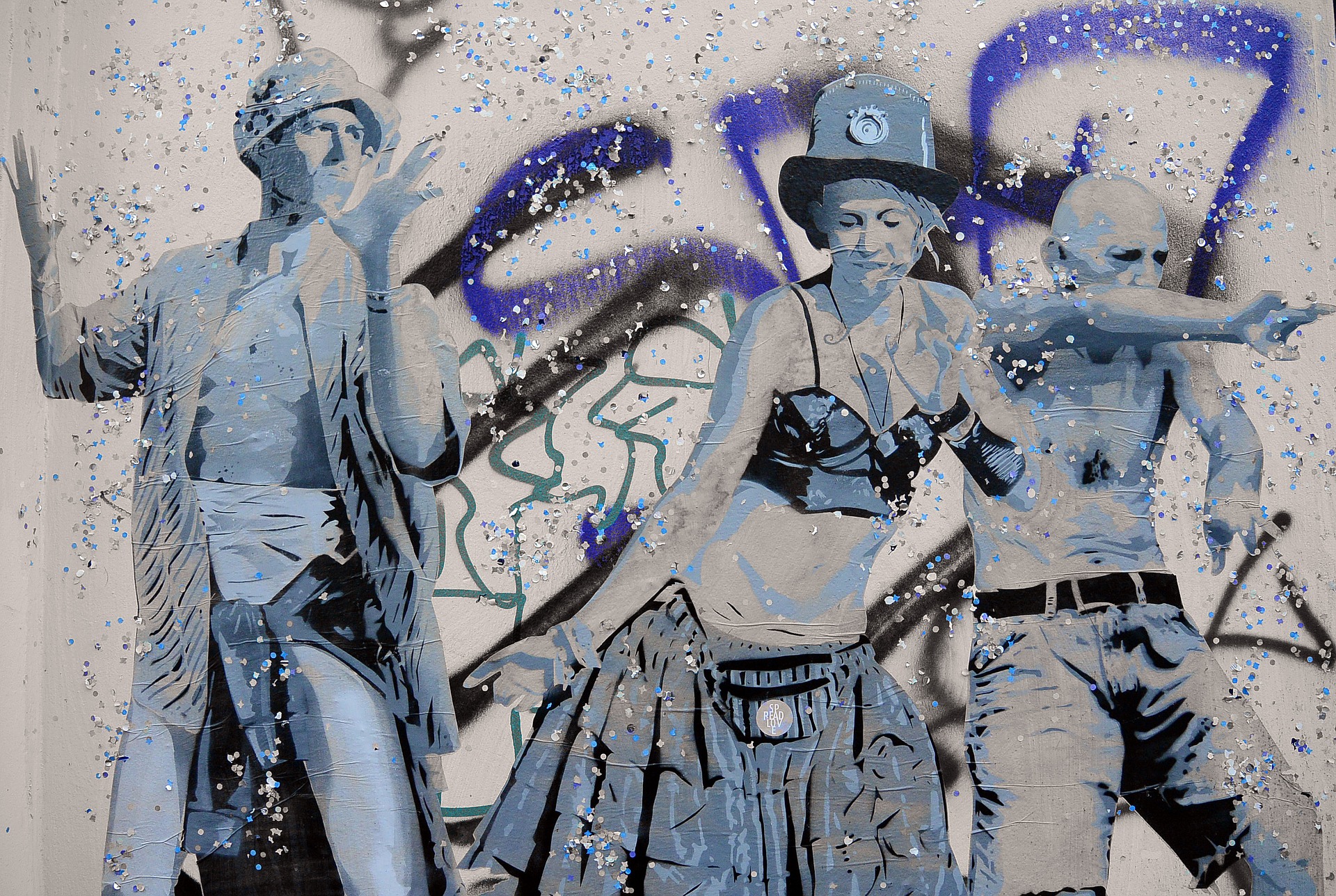“Ke no te token; Ke no te callen”—these words, spray painted on a wall in Mexico scream the quiet yell of women in the nation. “Don’t let them touch you; don’t let them silence you”—these words symbolize rebellion against the misogyny and sexual assault women endure. 45 percent of Mexican women are sexually assaulted at least once in their life, as compared to the American rate of 20 percent, and these are underreported rates. In Mexico, sexual assault is typically not reported because Mexican police tend to meet sexual assault victims with “suspicion, apathy, and disrespect,” even going so far as to taking the virginity of the victim into account. But ultimately the term ‘sexual assault’ understates the true extent of abuse in Mexico; it’s a ‘femicide’ according to the United Nations. When six women are murdered each day, typically in brutal fashion by men close to them or by local gangs, it becomes a danger to be a woman in Mexico.
Because of instances of government incompetence and of clear signs of a faulty legal system, a system in which a man can rape a schoolgirl and not be convicted because “he did not enjoy it,” Mexican women need solidarity. Many have turned to social media, graffiti, and marches to express their discontent, and it’s working.
A Voice, A Symbol
Take, for instance, the issue of sexual harassment on subway lines in Mexico City, the nation’s capital. With 64 percent of women in the city reporting having been victimized while riding public transport, harassment is an everyday fact of life. Women took to Twitter in April 2016 to expose the harsh reality through their hashtag #MiPrimerAcoso, which translates to #MyFirstHarassment. Activists recounted their first time being harassed on the street, from being catcalled or facing the extremes. One woman described being grabbed at by grown men and then blamed for wearing a blouse at only 11 years old. Another woman spoke of being 16 and groped on the subway by a man who was masturbating. A commonality to their stories was that the women faced these threats alone. No one stepped in to help that 16-year-old girl or that 11-year-old. Yet, through Twitter, these women have a voice, and the platform has proved to be a source of solidarity for many silent voices. Eventually, the hashtag spread, netting hundreds of tweets.
#MiPrimerAcoso was only the beginning; more hashtags like it became the rallying banner behind more recent movements. #SiMeMatan (#IfTheyKillMe) was tweeted almost 50,000 times after the Mexican Office of the Public Prosecutor tweeted that the personal lifestyle of a homicide victim was to blame for her murder. The prosecutor argued that Lesley Berlin Osorio’s murder on the Universidad Nacional Autonoma de Mexico college campus was because she was out with friends, drinking and doing drugs. The backlash towards blaming the homicide victim for her murder came by way of #SiMeMatan; women would ridicule the prosecutor, saying that if they were murdered, their lifestyles would apparently be to blame. One woman said that if she were murdered, apparently her living alone in Mexico City would be the reason why she died. Solidarity here came by way of a sense of combined outrage, that a prosecutor should not begin a criminal trial by undermining the value of a victim’s life.
For locals living in San Cristobal, solidarity was painted on the walls. Women spray painted machetes against harassment and messages underlining consent as definitive—No es no. International artist Tatyana Fazlalizadeh took this further in Mexico City. She constructed murals of women standing strong, screaming that no man has the right to harass or assault a woman on the street. In this artistry, painted walls, alongside activism on Twitter, spurred action in solidarity.
Expanding Unity
When the government of Mexico City intervened against sexual harassment on subway lines, they gave out whistles, thereby putting the burden of fighting harassment on women, not on their harassers. As a result, iActivists, argued that the notion that it is up to a woman to defend herself, rather than resolving the root cause of the issue, was unacceptable. But after the outcry, the Mexico City government changed tactics and teamed up with UN Women. Together, they began an anti-harassment campaign targeting men. By renovating a subway car seat—one now with explicit male genitalia placed firmly where riders would sit—these officials aimed for discomfort. At the foot of the seat laid a sobering plaque, highlighting that nine out of ten women in Mexico City face sexual harassment each day on their commute. A YouTube video highlighted the reactions of other train commuters, spreading awareness of the problem of sexual harassment.
Visibility is a large obstacle to solving the problem of sexual harassment; even rates of reporting are low. With low visibility, there exists a damaging and disparate reality in which a woman feels powerless, especially after an assault; a rise in suicidal behavior is not a rarity. But awareness and solidarity is rising in this new age of social media. In response to the brutal rape and murder of 16-year-old Lucia Perez in Argentina, women marched all throughout Latin America under banners of #NiUnaMenos. The scope of such a movement has now expanded past the Western Hemisphere with the inclusion of marches in Germany under the same banner. Through such global solidarity, women are making sure that they will not be silenced.
Image credit: Sarah_Loetscher, Pixabay
